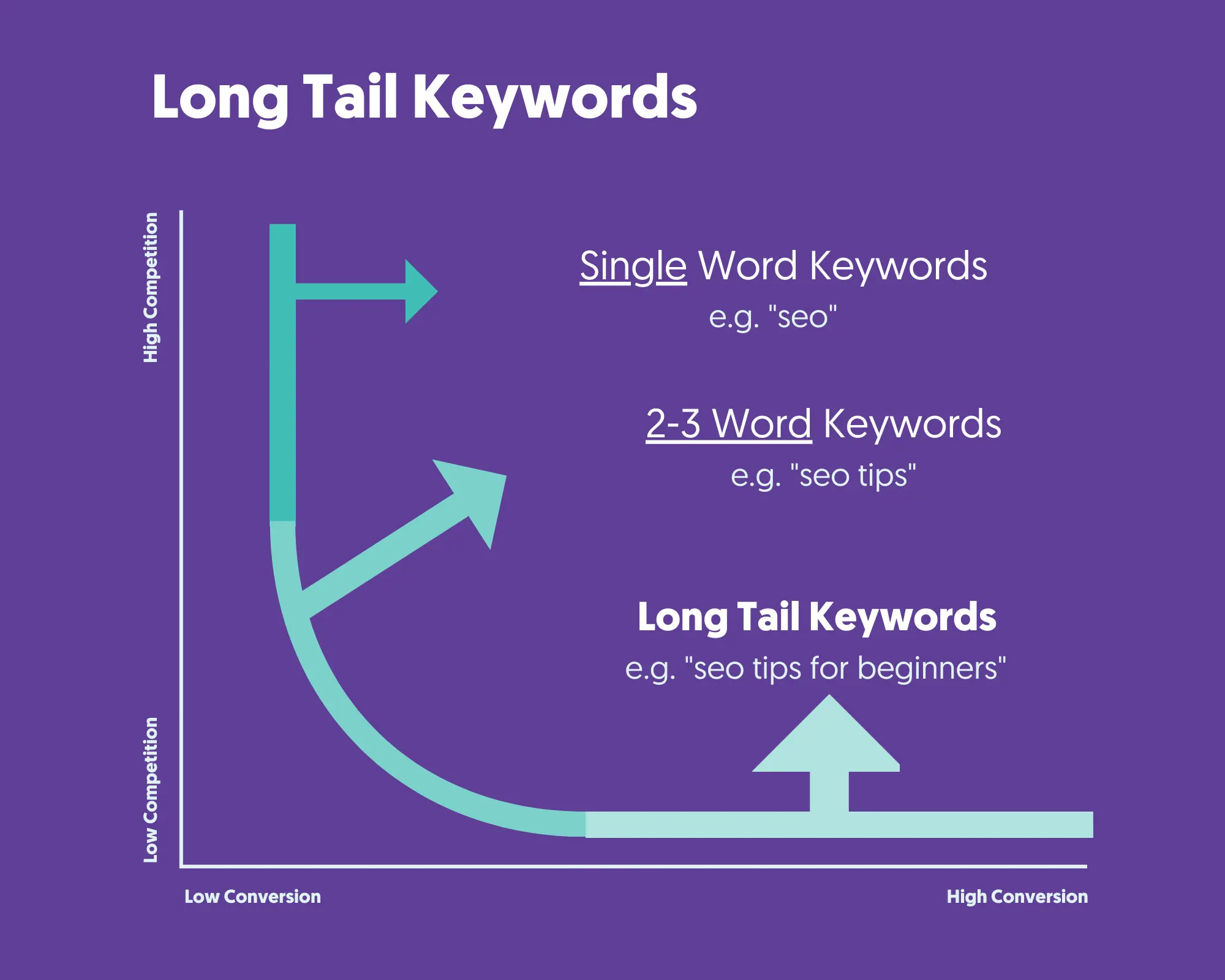How to Increase Website Traffic with the Help of Long-Tail Keywords
In the competitive world of online marketing, achieving high website traffic is crucial for businesses to thrive. While there are numerous strategies to attract visitors to your website, long-tail keywords have emerged as a powerful tool for boosting traffic and increasing conversions.
Understanding Long-Tail Keywords
Long-tail keywords are specific, detailed phrases that users employ in search engines to find precise information. Unlike short-head keywords, which are broad and highly competitive, long-tail keywords are more targeted and less frequently searched. This makes them easier to rank for and more likely to attract visitors who are genuinely interested in your products or services.
Benefits of Long-Tail Keywords
Incorporating long-tail keywords into your SEO strategy offers several advantages:
- Increased Relevance and Traffic: Long-tail keywords attract visitors who are actively seeking specific information or products, leading to more relevant and qualified traffic. This translates into higher conversion rates and a better return on investment (ROI) for your marketing efforts.
- Lower Competition: Short-head keywords are often dominated by large, established websites, making it difficult for smaller businesses to rank for them. Long-tail keywords, on the other hand, offer less competition, increasing your chances of appearing in search results.
- Improved User Experience: Long-tail keywords provide more context about a user’s search intent, allowing you to tailor your content and website experience to their specific needs. This leads to a better user experience, increased engagement, and reduced bounce rates.
Strategies for Using Long-Tail Keywords Effectively
- Keyword Research: Identify relevant long-tail keywords using tools like Google Keyword Planner, Semrush, or Ahrefs. Analyze search volume, competition levels, and related keywords to find the most effective phrases for your target audience.
- Content Optimization: Integrate long-tail keywords naturally into your website content, including page titles, meta descriptions, header tags, and body text. Avoid keyword stuffing, which involves excessive and unnatural usage of keywords.
- URL Structure: Incorporate long-tail keywords into your website’s URL structure. This makes it easier for search engines to understand the content of your pages and improves user readability.
- Targeted Internal Linking: Use long-tail keywords as anchor text when linking between internal pages on your website. This helps search engines understand the relevance of each page and improves the flow of user navigation.
- Long-Form Content: Create comprehensive and informative long-form content that addresses specific questions and topics related to your long-tail keywords. This establishes your website as an authority in your niche and encourages user engagement.
- Social Media Promotion: Share your long-form content and blog posts on social media platforms, using relevant hashtags and long-tail keywords to attract a wider audience and drive traffic to your website.
- User-Generated Content: Encourage user-generated content, such as reviews, comments, and forum discussions, incorporating long-tail keywords naturally. This provides social proof and enhances the relevance of your website for search engines.
- Monitor and Adapt: Regularly monitor the performance of your long-tail keywords using analytics tools. Identify which keywords are generating traffic and conversions, and adjust your content strategy accordingly.
Conclusion
Long-tail keywords are an invaluable tool for businesses seeking to increase website traffic, attract qualified leads, and boost search engine rankings. By incorporating long-tail keywords into your SEO strategy and content creation, you can effectively target your audience, improve user experience, and achieve sustainable growth for your online presence.







